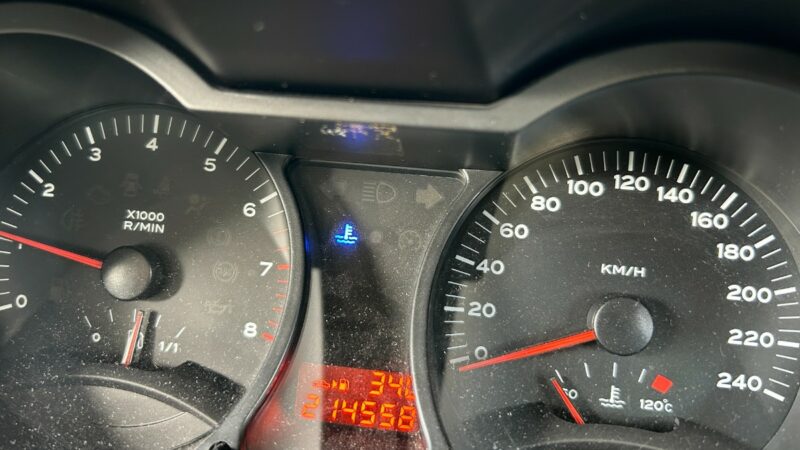Warming up engines: Do you perform it correctly?

THE issue of engine warm-up has been debated for a long time, from casual conversations at coffee shops, hanging out at TT gatherings, to discussions in internet forums and Facebook groups.
Why is it necessary to warm up the engine? Is it just a fad, or does it serve a real purpose? We will attempt to explain this with an easy-to-understand explanation and relate it to several common situations we encounter.

Warming up the engine has been a practice since 30 to 40 years ago, when carburetor engines used a choke to mix air and petrol for combustion. In cold weather, petrol doesn’t vaporize, and since the carburetor doesn’t have a temperature sensor, it cannot adjust combustion efficiently and effectively. More fuel is used during this time. Therefore, the engine needs to be warmed up before driving.

For most modern cars that we drive today, their engines are equipped with sensors to precisely calculate the air-fuel mixture ratio. This ratio is also adjusted based on the temperature.

Therefore, in cold weather, engines with electronic fuel injection systems will inject more fuel (burning rich) to ensure proper combustion until the engine reaches the ideal temperature. This process is much faster compared to older engines with carburetor systems.
How long should you wait before driving?
The simple answer is to start the engine, wait just a little while, and then drive immediately. You actually don’t need to wait 15 or 20 minutes to warm up the engine. It’s just a waste of fuel.

Do you have deep pockets and don’t care about the cost of fuel? Well, a mechanical engineer from the Argonne National Laboratory reported that fuel is a solvent and can thin the engine oil on the cylinder walls if the engine is left idling for a long period.
As you may understand, if there is less oil on the cylinder walls, there will be more friction, and various components can be damaged or have their lifespan shortened if we warm up the engine for too long.

According to a representative from Volvo who conducted cold weather tests in the Arctic, they stated that new cars do not need to have their engines warmed up. “It’s best to start the engine for a short time to build fuel pressure, and then drive as usual,” they said.
But don’t start the engine and immediately press the accelerator hard. After about 20 or 30 seconds of starting the engine in the morning, you can slowly drive out of the housing estate, then a few turns before accelerating on the main road.
What about a car that’s been left unused for a long time?

There are times when we leave a car unused for a long period, regardless of the reason. This also raises the issue of warming up the engine, which means starting the engine briefly before leaving the car again.
But what is the correct way to warm up the engine, start and let it idle for 10 minutes? The answer is that the above method is not correct. If you have a car that is rarely driven, the best way to warm up the engine occasionally is to start the engine, drive it out of the house, and drive slowly in the surrounding area. There’s no need to do it for a long time. 10 or 15 minutes is enough.
This method is better because not only does the engine components move, but the fluid and oil in the transmission system also move around the entire area, as well as the tires and axles, everything moves. So, the grit and lubricating oil can be spread evenly.
To revisit the initial point of the article, merely warming up the engine by idling in place is less effective and can even jeopardize some components.
Sentiasa berdoa agar ICE dan transmisi manual akan kekal relevan dan takkan pupus. Lebih mementingkan keseimbangan dari kuasa semata.




This website is my aspiration, really great style and perfect subject matter.